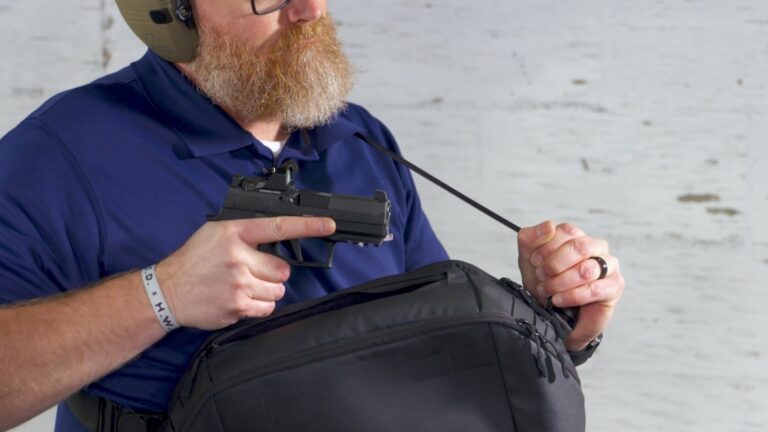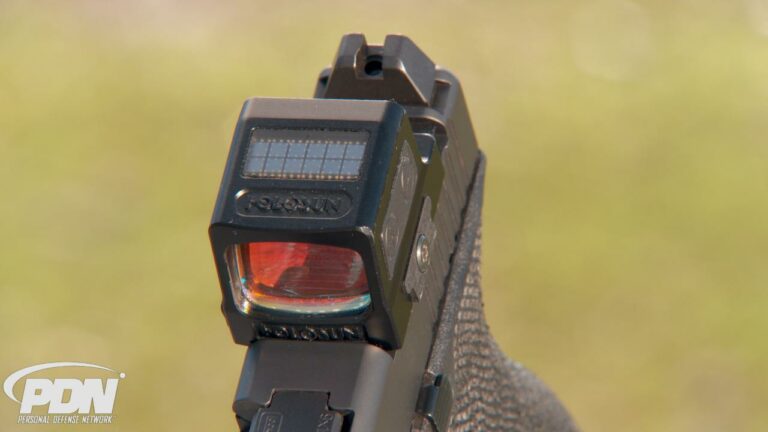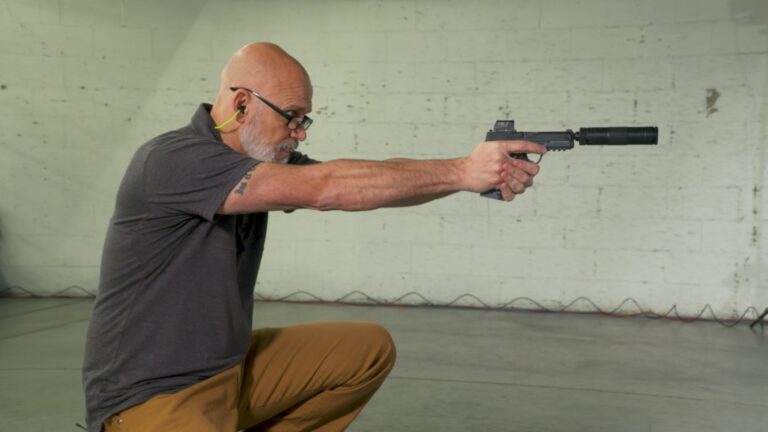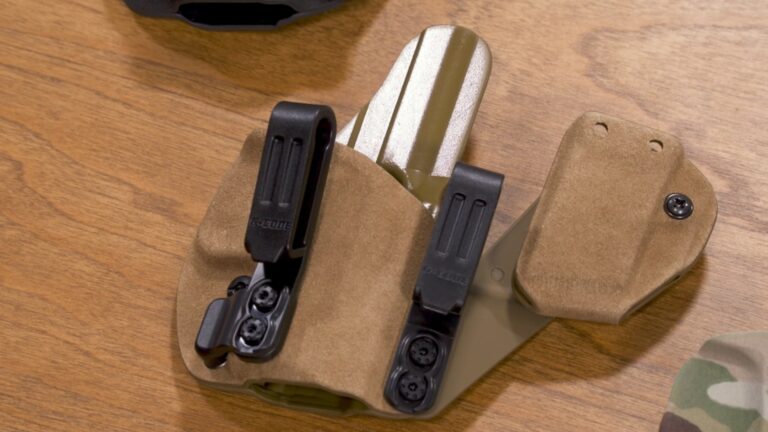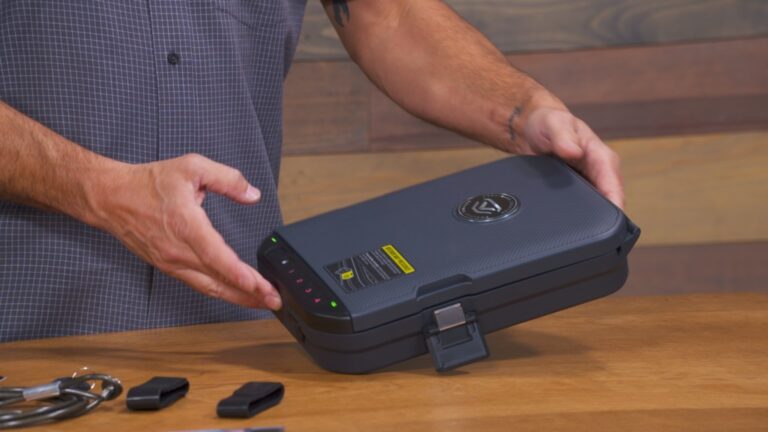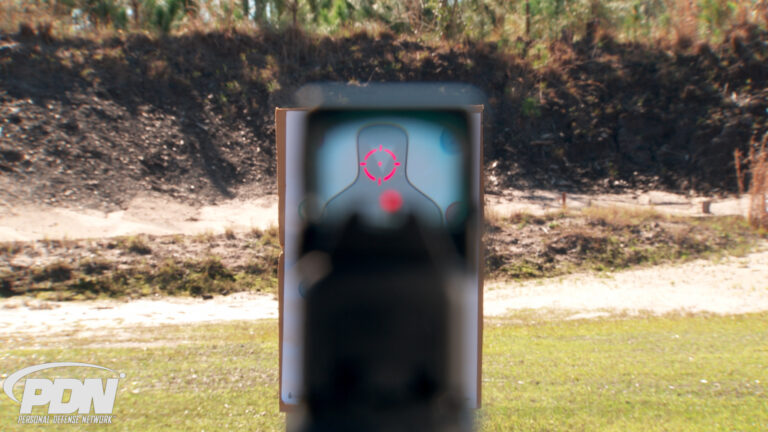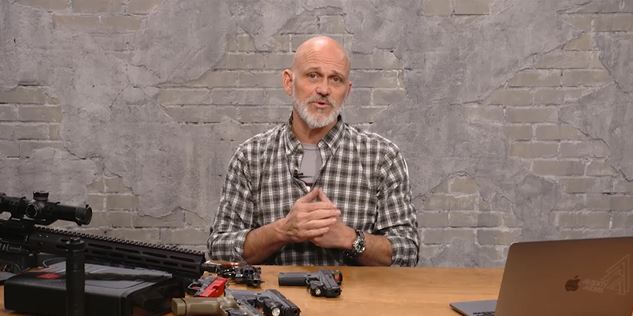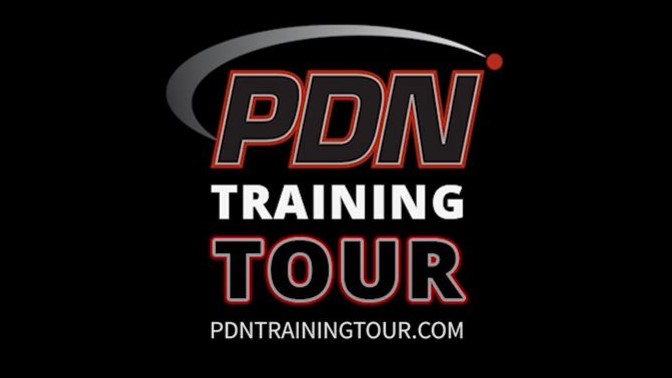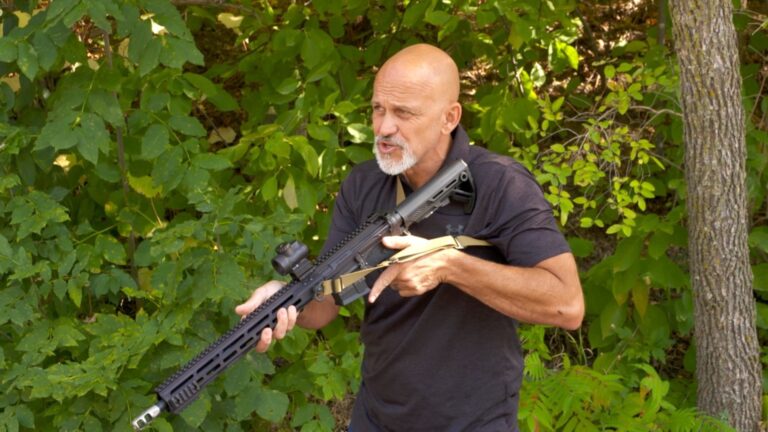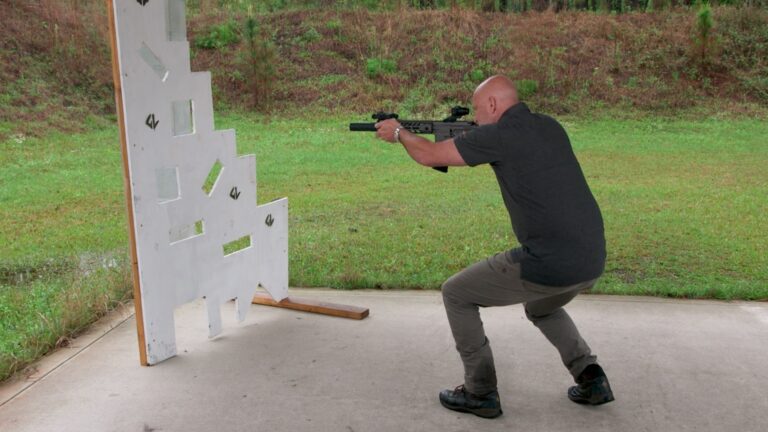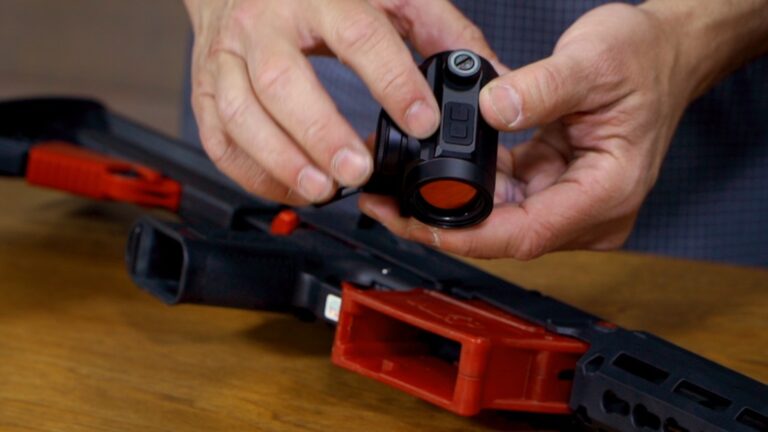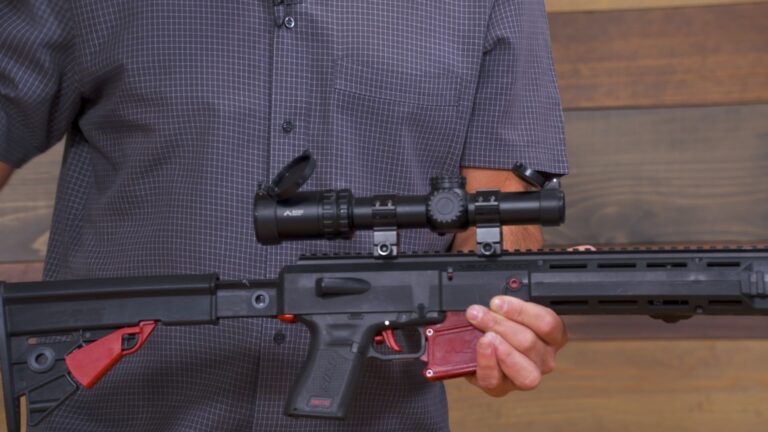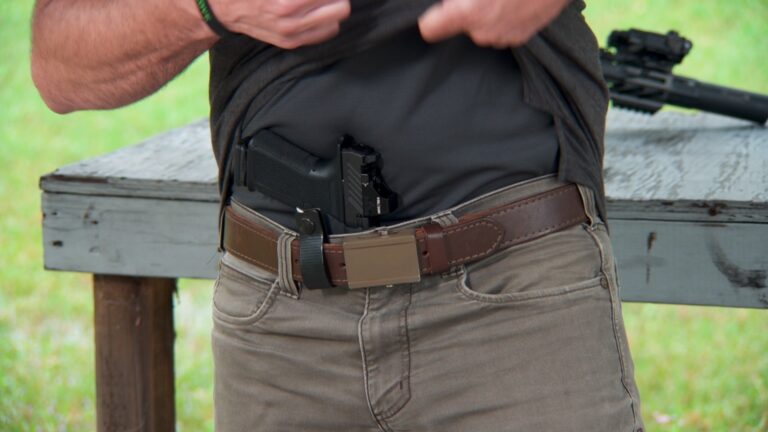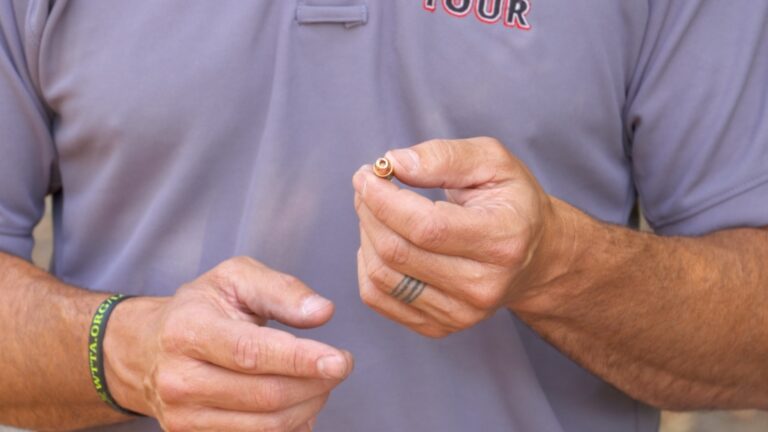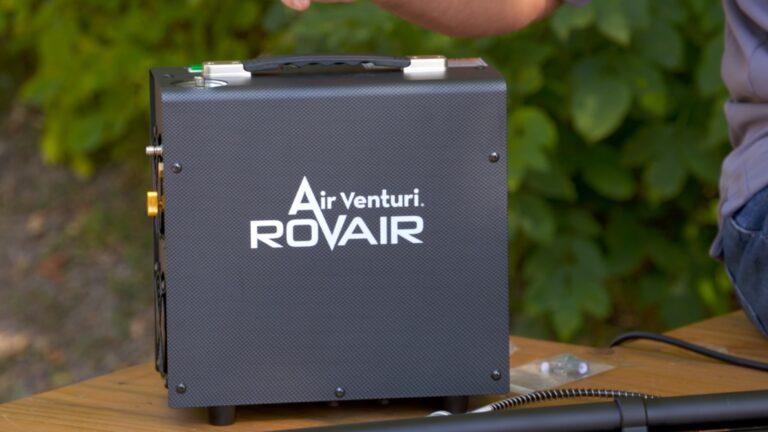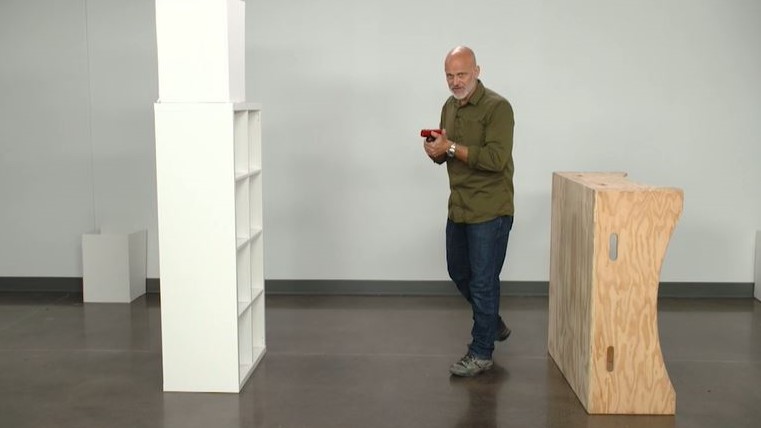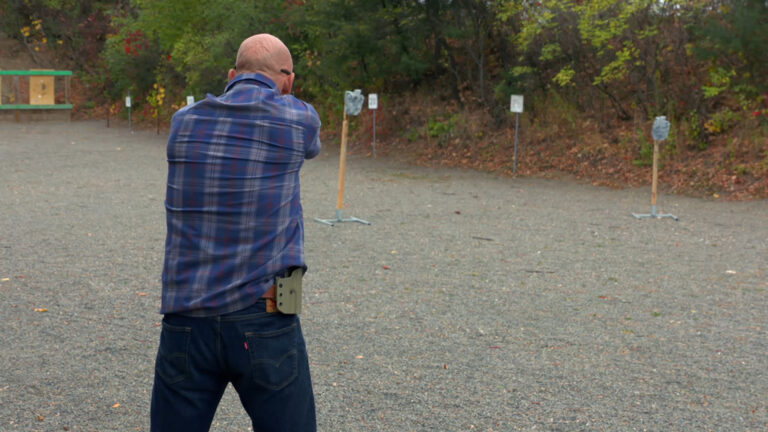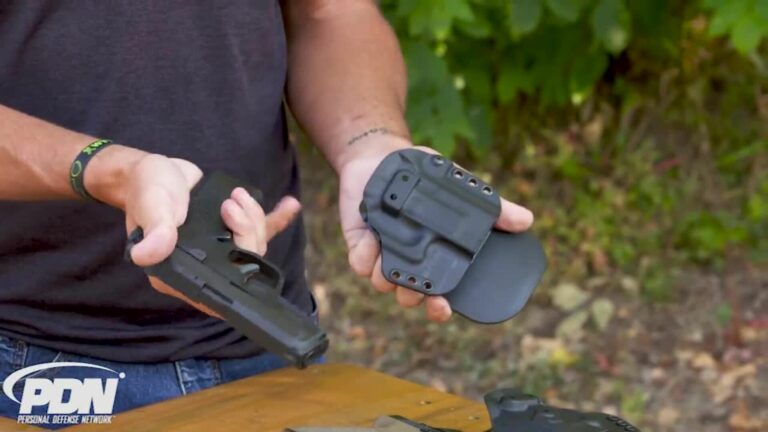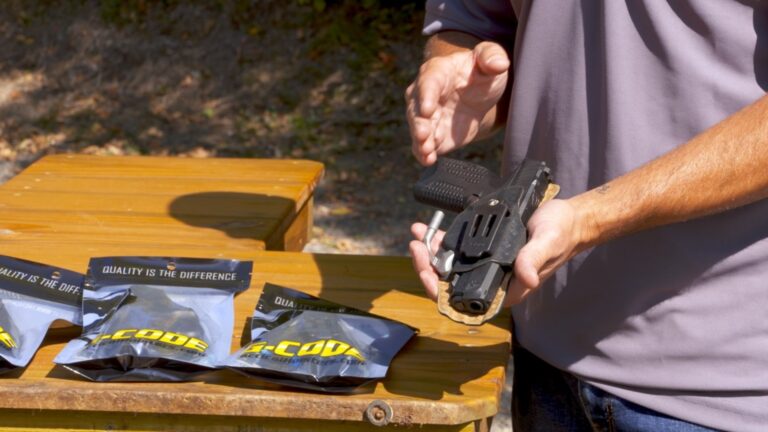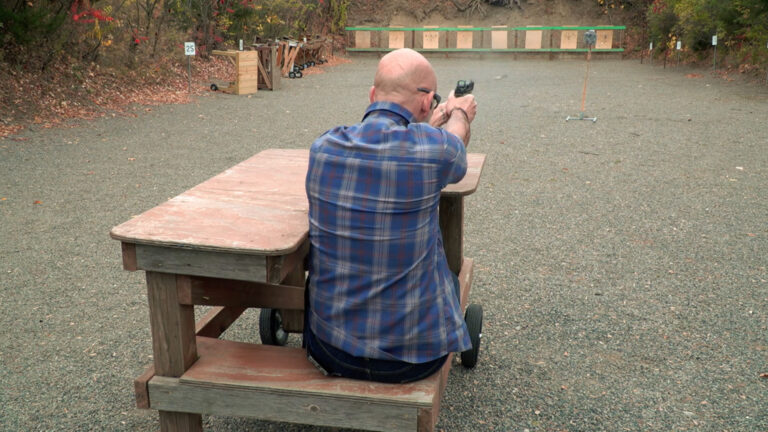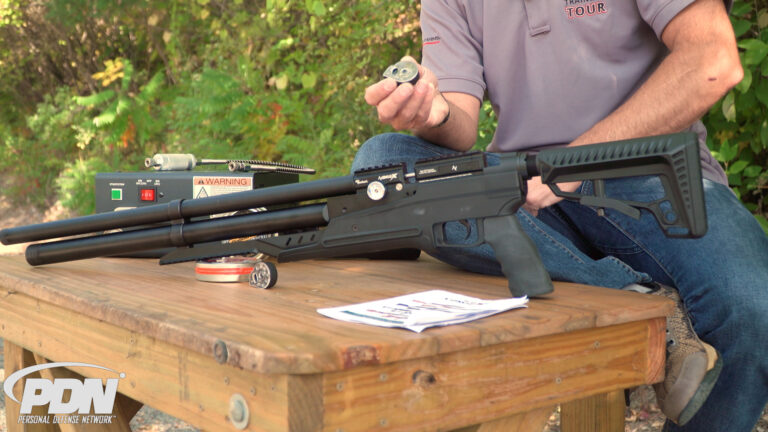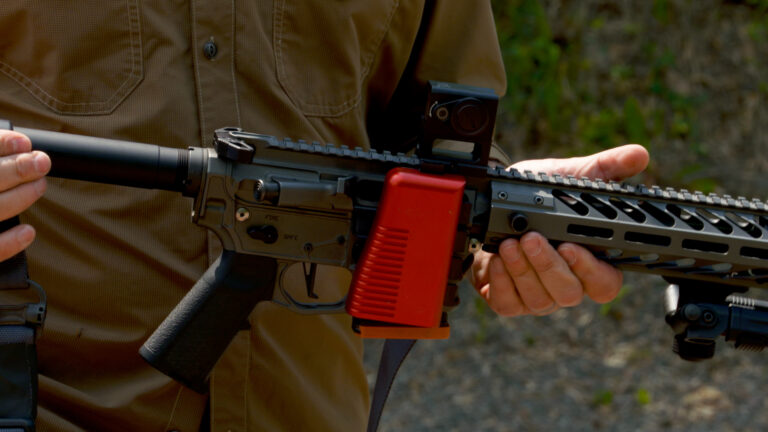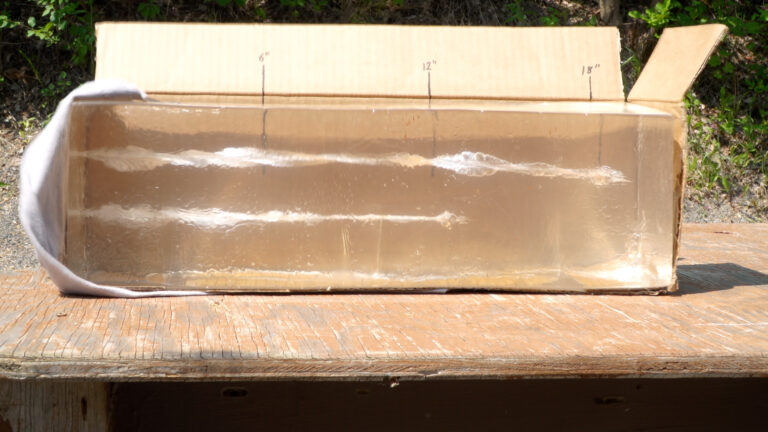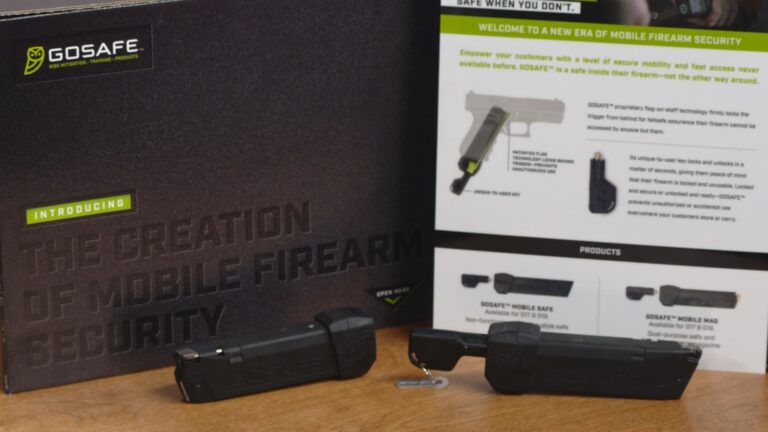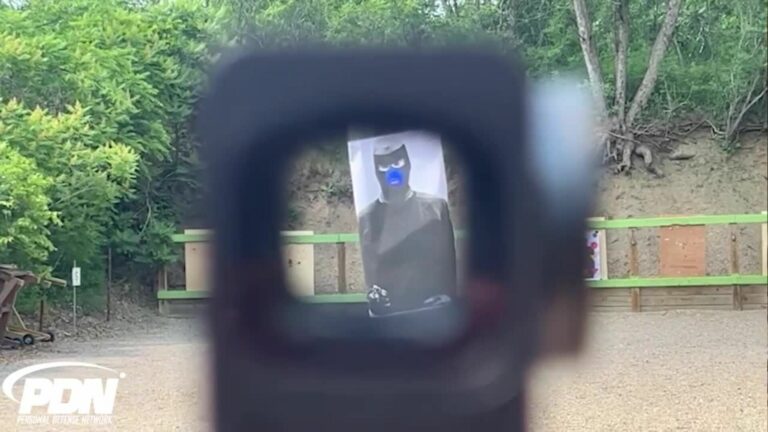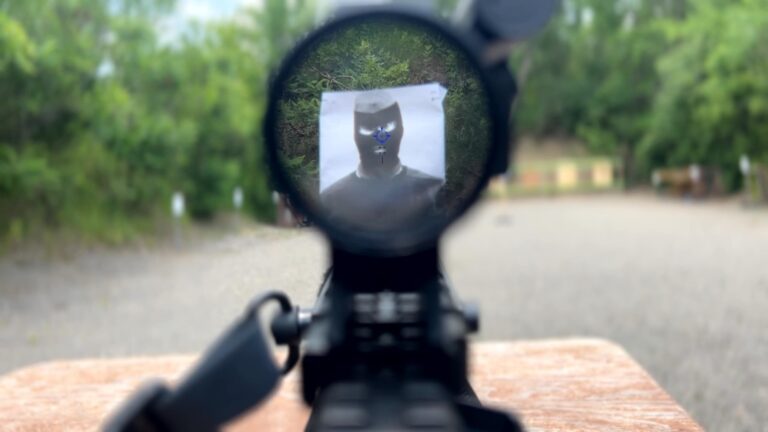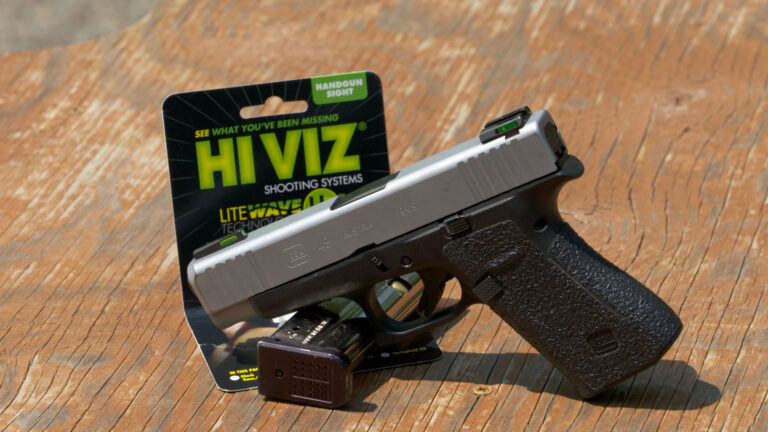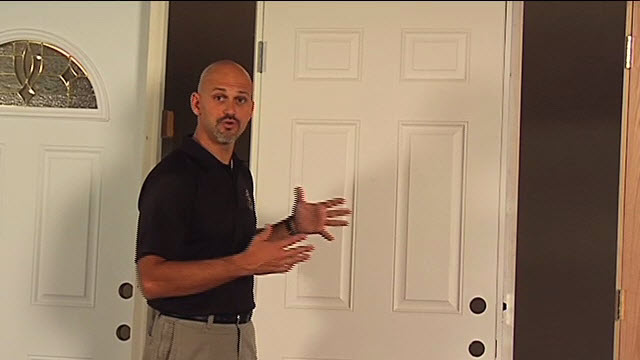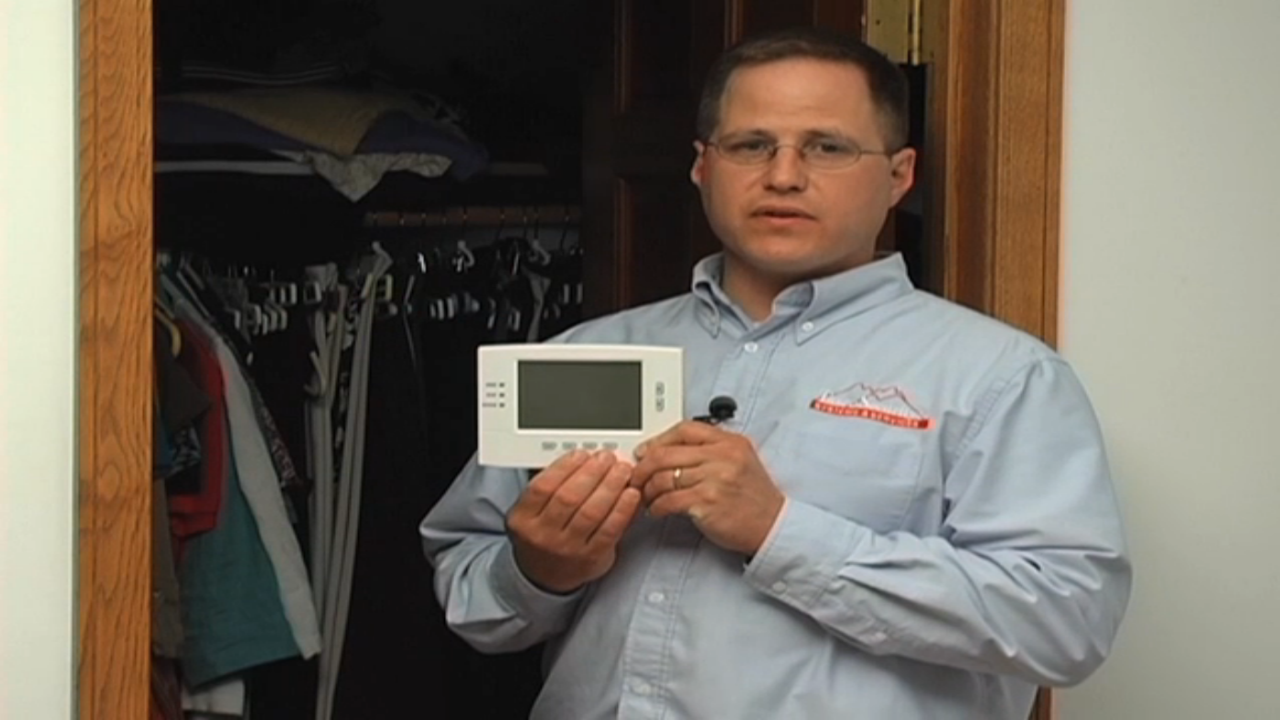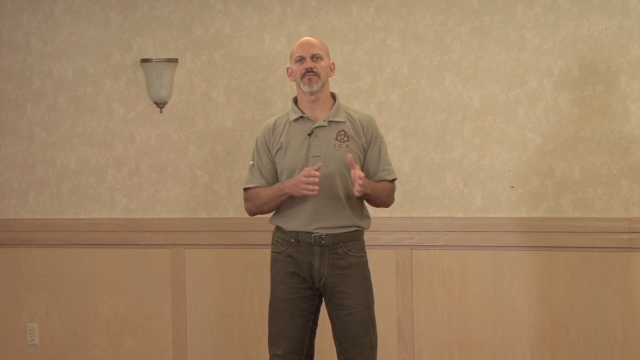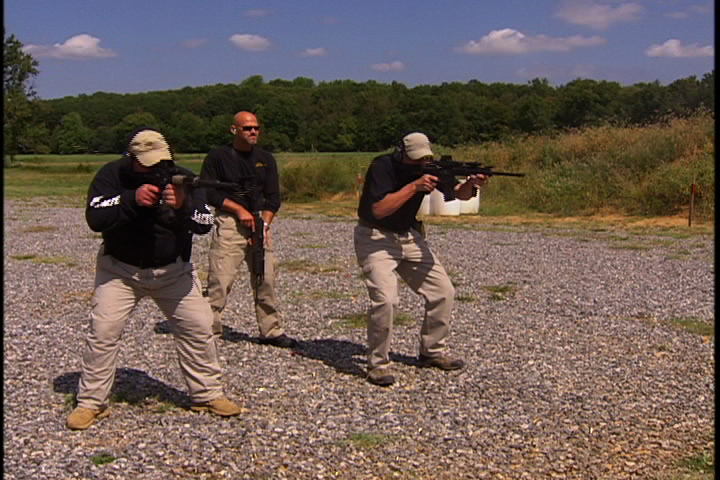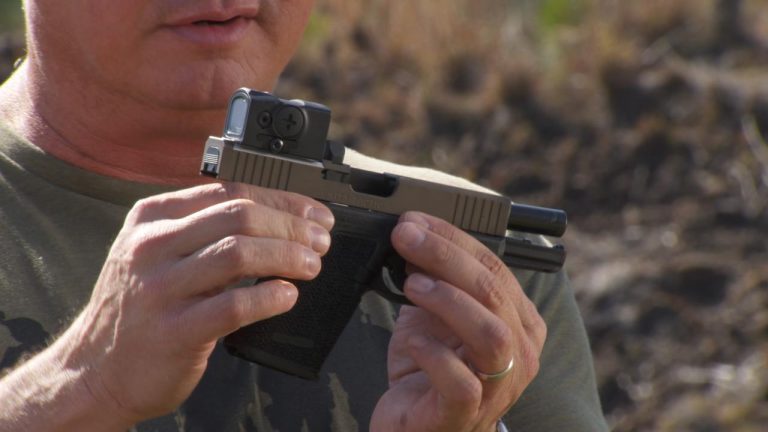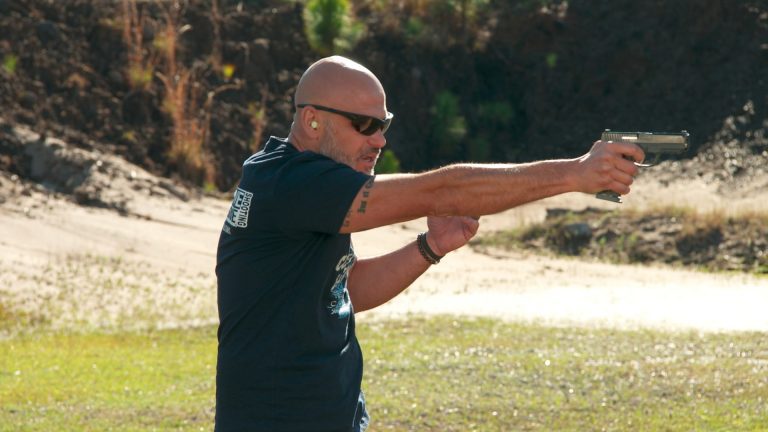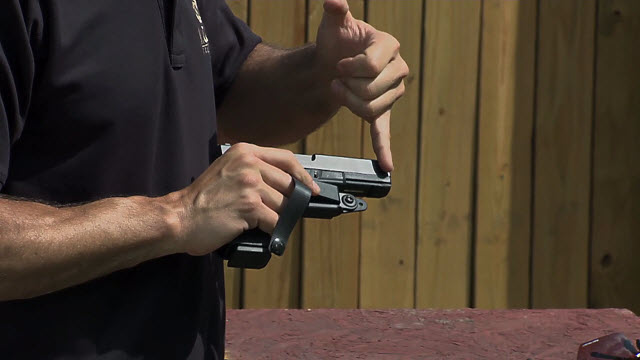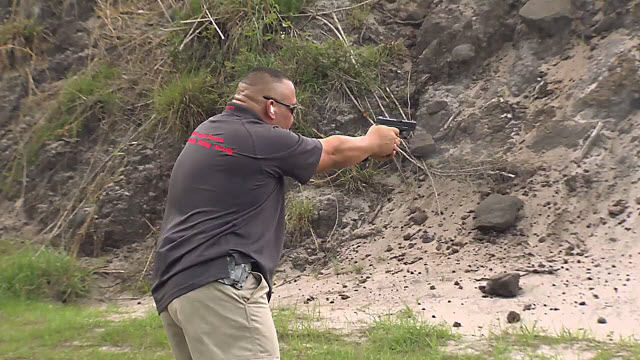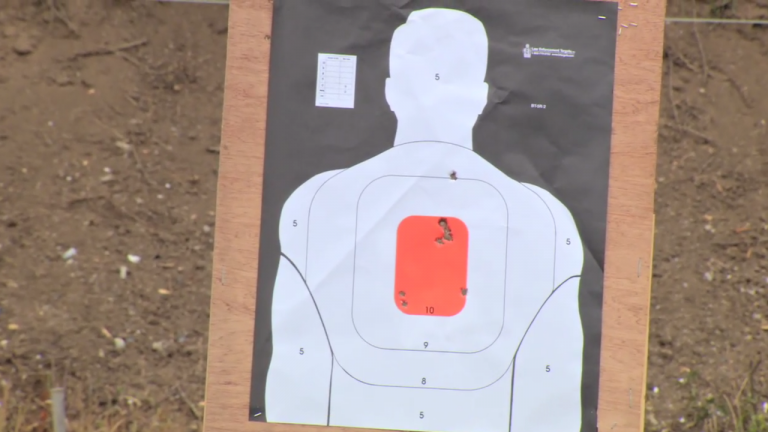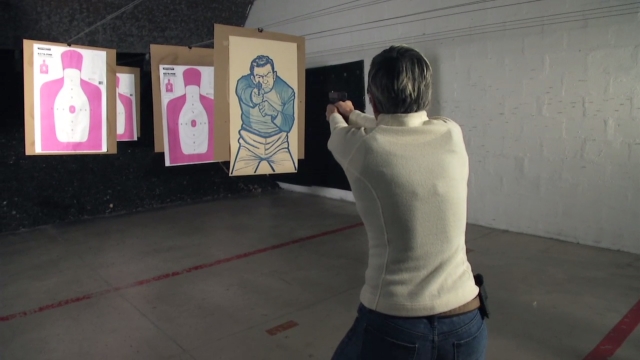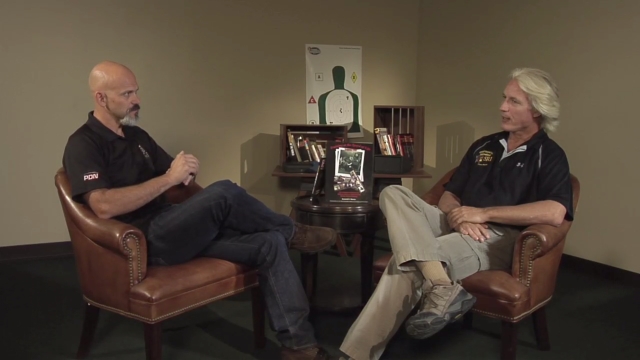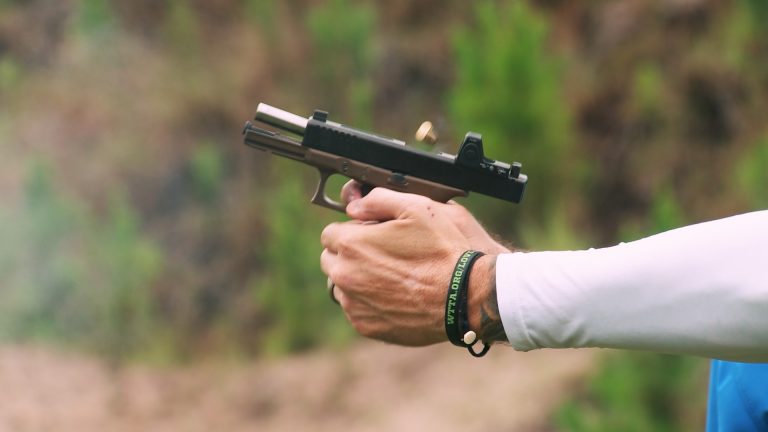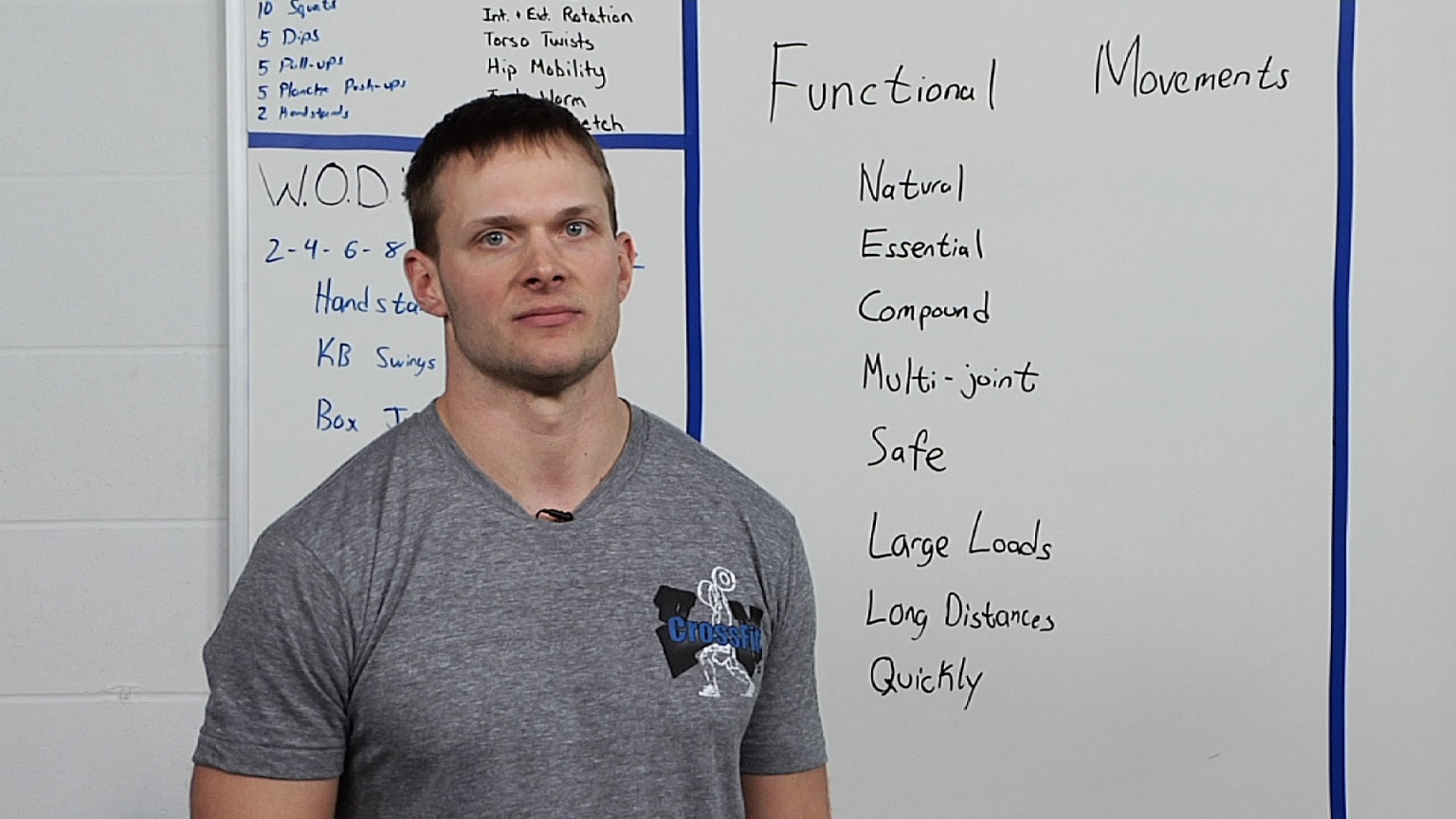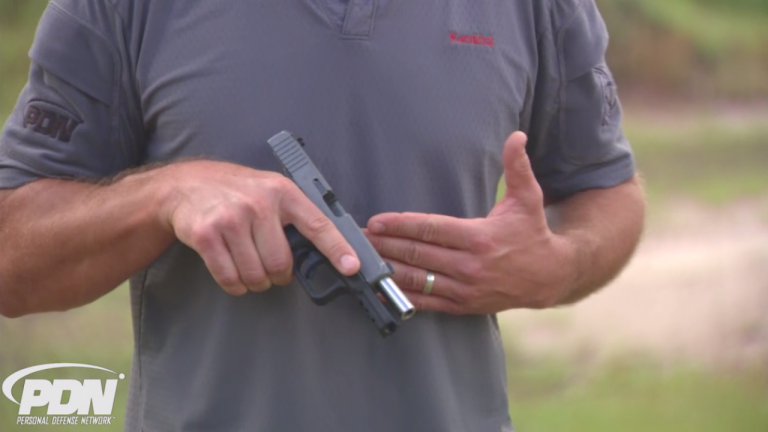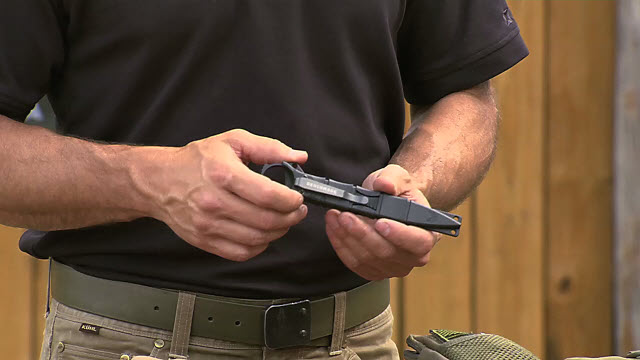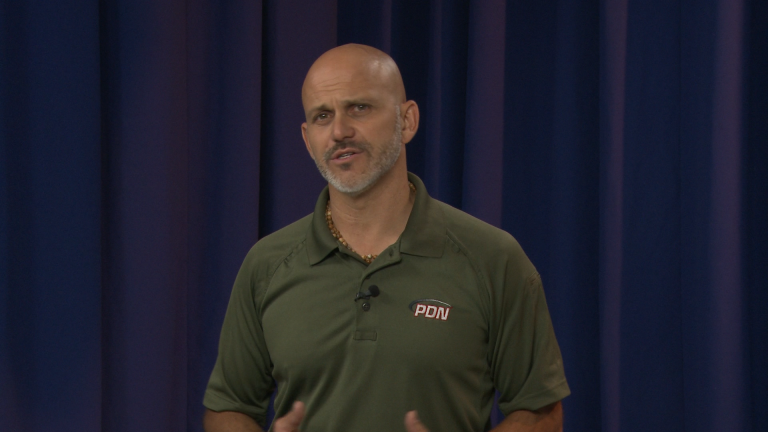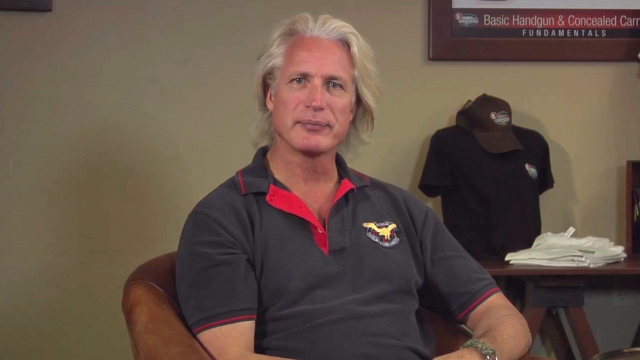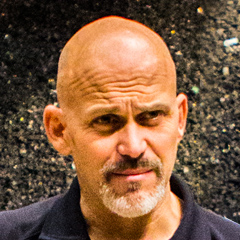
Trained Response for Self-Defense
Rob PincusWhen it comes to self-defense skills, you practice them in order to be able to execute and apply them when most needed. Rob Pincus explains the O3R theory, which helps you to understand the best way to envision yourself being able to use these learned responses for self-defense in the middle of an incident, especially when it’s an unexpected self-defense event.
Understanding how you’ll be able to apply your skills will also help inform how you should train to develop your skills. Make sure you’re not isolating performance but that you’re developing the ability to apply your skills. The O3R model should help with your self-defense training and practice.
Observation
The first thing that happens in an event is an observation. Some stimulus comes in to the body. It could be a tactile, visual, or auditory stimulus. The observation may be something you’re paying attention to or it may be something outside your area of focus and startles you, which is the worst-case scenario.
Reaction
This step is often left out by people who believe they will move directly from Observation to Recognition. Rob believes this is a mistake and that the Reaction phase definitely occurs, especially in events where people are startled, and should be integrated into your practice. These natural reactions can include lowering the center of gravity, moving the hands up, closing the eyes, and the heart rate elevating.
Recognition
This means recognition of what you need to do.
Response
Once you recognize what you want to do based on the observation, you respond appropriately based on your training.
Understanding how to put your learned trained skills into practice is a big part of getting ready for a self-defense event.
Explore videos by Rob Pincus
You may be interested in
Premium Membership
Unlock exclusive member content from our industry experts.
- 24/7 Access to Premium Personal Defense and Firearm Training Videos and Drills
- Step-by-Step Instructional Demos and Guides
- 50% Off Video Downloads Purchased in the Personal Defense Network Shop
- Access to Ask the Expert Program
Unlock exclusive member content from our industry experts.
- 24/7 Access to Premium Personal Defense and Firearm Training Videos and Drills
- Step-by-Step Instructional Demos and Guides
- 2 Full-Length Video Downloads to Watch Offline
- 50% Off Video Downloads Purchased in the Personal Defense Network Shop
- Access to Ask the Expert Program
Gold Membership
$340 Value
Get everything included in Premium plus exclusive Gold Membership benefits.
- 24/7 Access to Premium Personal Defense and Firearm Training Videos and Drills
- Step-by-Step Instructional Demos and Guides
- 9 Full-Length Video Downloads to Watch Offline
- 2 Full-Length Personal Defense Classes to Keep for Life
- 2 In-Depth Skill Development Presentations
- Discounts on Purchase-to-Own Content in the Personal Defense Network Shop
- Access to Ask the Expert Program
- Exclusive GOLD LIVE Streaming Events
